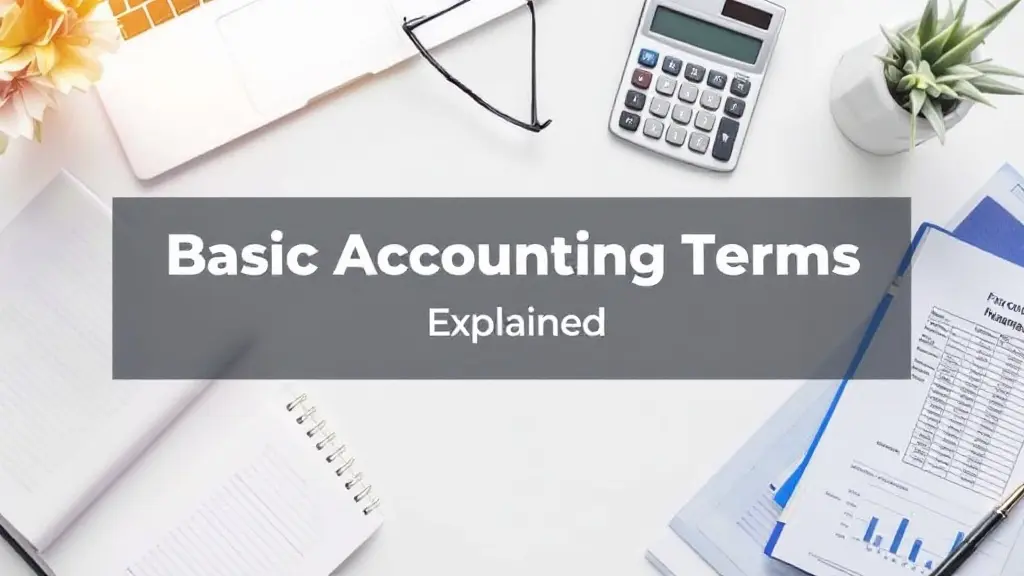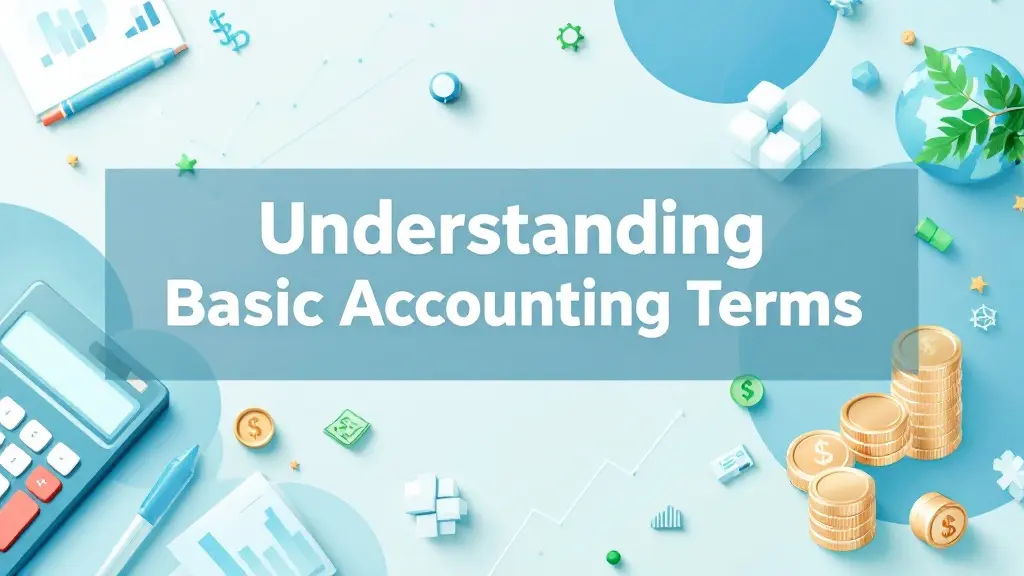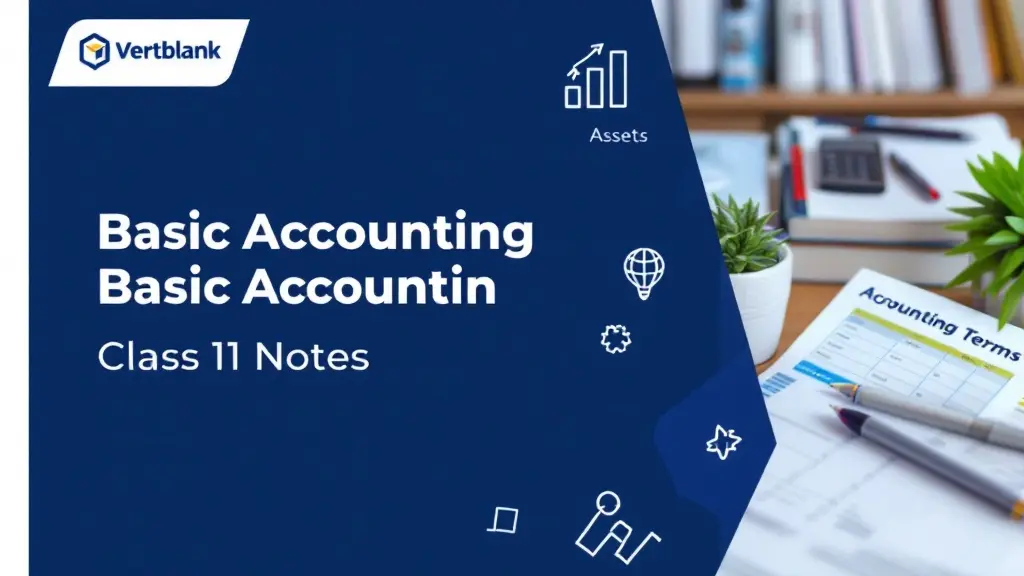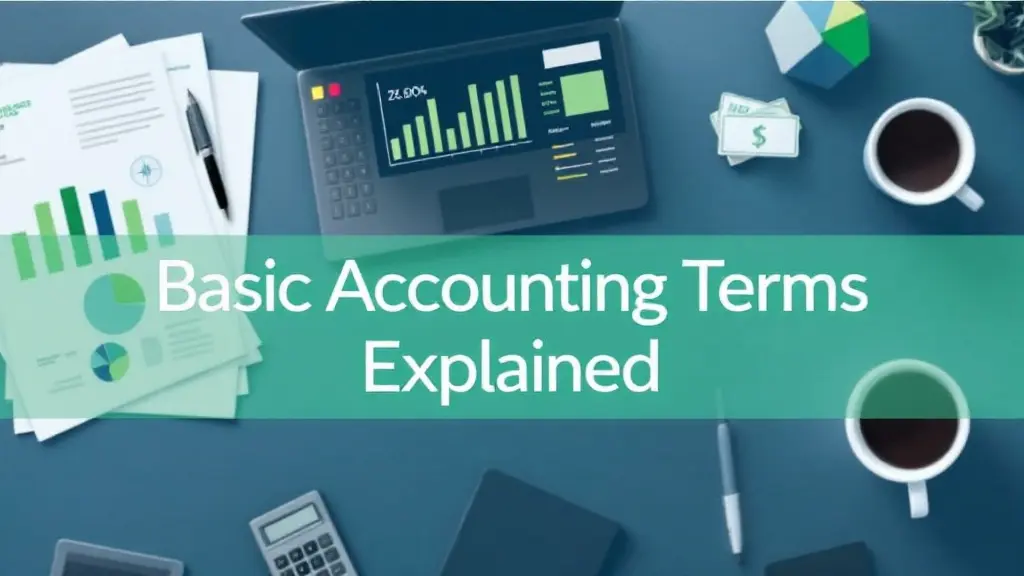Balance Sheet of a Partnership Firm: Everything You Need to Know
Table of Contents
Most Read
[fusion_dropcap class="fusion-content-tb-dropcap"]W[/fusion_dropcap]hen it comes to understanding the financial health of a partnership firm, the balance sheet is your go-to document. It’s like a snapshot of the firm’s financial position at a specific point in time—showing what the business owns, what it owes, and how much the partners have invested.
Whether you’re a student, aspiring entrepreneur, or someone managing a small partnership, this blog post will walk you through the essentials of the balance sheet of a partnership firm in a simple, conversational way. Let’s break it down!
📌 What is a Balance Sheet?
A balance sheet is a financial statement that summarizes a firm’s assets, liabilities, and capital at a particular date. For partnership firms, it’s even more significant because it reflects each partner’s stake and contribution in the business.
The balance sheet follows this basic equation:
Assets = Liabilities + Partners’ Capital
This means whatever the firm owns is either financed through liabilities (borrowed money) or capital (partners’ investment and retained earnings).
🤝 Unique Features of a Partnership Firm Balance Sheet
A partnership firm’s balance sheet is similar to any other business, but with some key differences:
- Capital Accounts for Each Partner
Each partner has a separate capital account showing their individual investments, drawings, interest, and share of profit or loss. - Profit-Sharing Ratio Disclosure
The balance sheet usually mentions the ratio in which profits are shared among partners. - Adjustments for Drawings and Interest
The capital section also includes adjustments for drawings made by partners and interest charged or credited. - Revaluation Account (in case of changes)
If a new partner is admitted or an existing one retires, revaluation of assets and liabilities is done, and a revaluation account is prepared.
🧩 Structure of a Partnership Firm Balance Sheet
A balance sheet is typically divided into two parts:
1. Liabilities and Capital
- Capital Accounts of Partners
Shows the opening balance, additional capital introduced, drawings, interest on capital, and profit or loss share. - Current Accounts of Partners (if maintained separately)
Records routine transactions like drawings, interest, or share of profits. - Loans (Partner or External)
If a partner has provided a loan to the firm, it appears as a liability, not part of capital. - Creditors
Amounts payable to suppliers or other short-term obligations. - Outstanding Expenses & Other Payables
Salaries, rent, taxes that are due but unpaid.
2. Assets
- Fixed Assets
Buildings, machinery, furniture, etc., shown at book value or revalued figures. - Current Assets
Cash, bank balances, accounts receivable (debtors), inventory, etc. - Loans & Advances
Money lent by the firm to others or advance payments. - Prepaid Expenses
Expenses paid in advance like insurance or rent.
📝 Sample Format of Balance Sheet of a Partnership Firm
Here’s a basic format to visualize how a partnership firm’s balance sheet looks:
| Liabilities | Amount (₹) | Assets | Amount (₹) |
|---|---|---|---|
| Capital A/c – Partner 1 | 1,50,000 | Cash in Hand | 20,000 |
| Capital A/c – Partner 2 | 1,50,000 | Bank Balance | 50,000 |
| Loan from Partner 1 | 30,000 | Debtors | 80,000 |
| Sundry Creditors | 60,000 | Stock | 1,00,000 |
| Outstanding Expenses | 10,000 | Furniture | 40,000 |
| Building | 1,10,000 | ||
| Total | ₹4,00,000 | Total | ₹4,00,000 |
This is a simplified version for understanding. In practice, it may include more details and notes to accounts.
🔄 Adjustments Before Finalizing the Balance Sheet
Before preparing the final balance sheet, the firm typically closes the profit and loss account and adjusts all entries like:
- Interest on capital
- Interest on drawings
- Partner’s salary or commission
- Profit or loss allocation
- Revaluation adjustments
These entries ensure each partner’s capital account reflects an accurate position.
🔍 Importance of Balance Sheet for a Partnership Firm
Let’s look at why the balance sheet matters:
✅ Helps in Tracking Financial Position
It gives a clear view of the firm’s financial stability and liquidity.
✅ Transparency Among Partners
Partners can assess each other’s contributions and share in profits or losses.
✅ Essential for Loans & Credit
Banks and financial institutions often require the balance sheet for evaluating loan eligibility.
✅ Legal & Tax Purposes
It helps with income tax filings, legal audits, and compliance with regulatory bodies.
📚 Tips to Create an Accurate Partnership Balance Sheet
- Maintain Accurate Records
Use accounting software or maintain detailed ledgers for all transactions. - Separate Capital and Loan Accounts
Don’t mix up partner loans and capital contributions—they serve different purposes. - Regularly Update
Monthly or quarterly updates ensure better tracking and less year-end hassle. - Audit Internally
Periodic reviews by partners or an internal auditor help detect and fix errors early.
💡 Common Mistakes to Avoid
- Ignoring Drawings and Interest Calculations
Forgetting to account for these can distort the actual capital position. - Inconsistent Profit-Sharing Entries
Always apply the correct profit-sharing ratio agreed in the partnership deed. - Not Revaluing Assets on Major Changes
Events like admitting a new partner require asset revaluation—don’t skip it!
🛠️ Tools You Can Use
If you’re managing the accounts manually or digitally, here are some tools to help with balance sheet creation:
- TallyPrime – Widely used accounting software in India
- Zoho Books – Cloud-based and user-friendly
- QuickBooks – Great for small to medium-sized firms
- Excel Templates – Good for beginners or simple firms
🔚 Final Thoughts
Understanding the balance sheet of a partnership firm is essential not just for accountants, but for the partners themselves. It’s more than a compliance formality—it’s a roadmap that helps steer the business in the right direction.
If you’re part of a partnership firm or planning to start one, make it a habit to review the balance sheet periodically. It tells a story—of growth, contribution, and financial health.
Want a ready-to-use balance sheet template or help setting up your firm’s books? Feel free to reach out to FinTax24 — your partner in growth and compliance!









